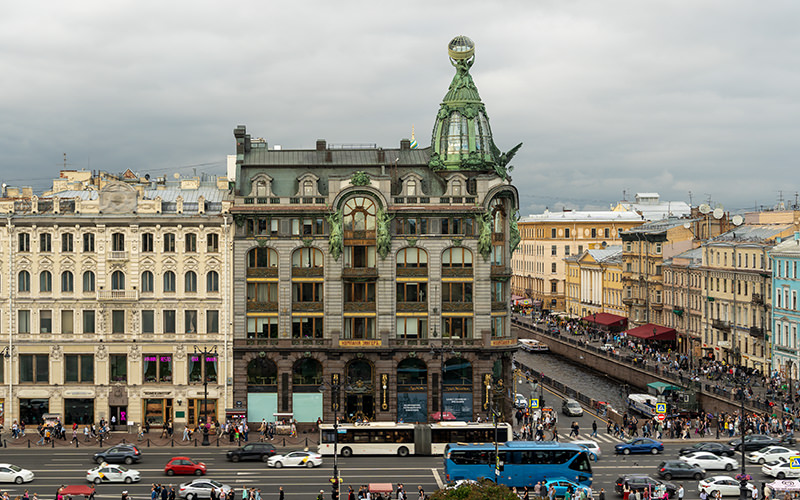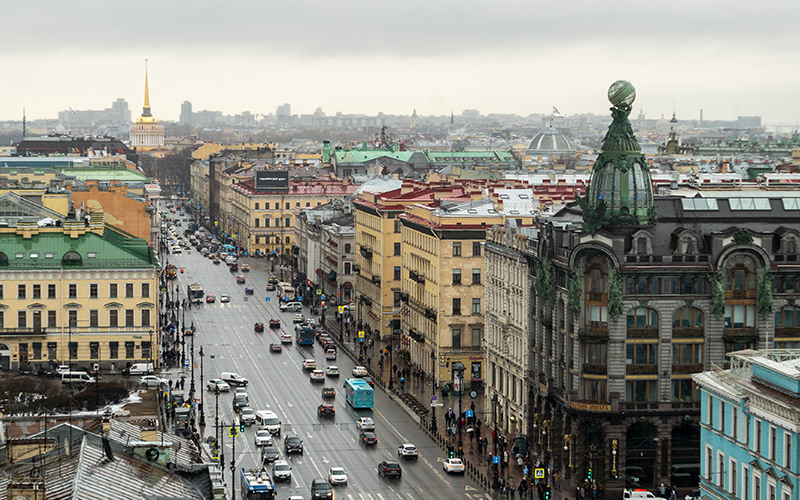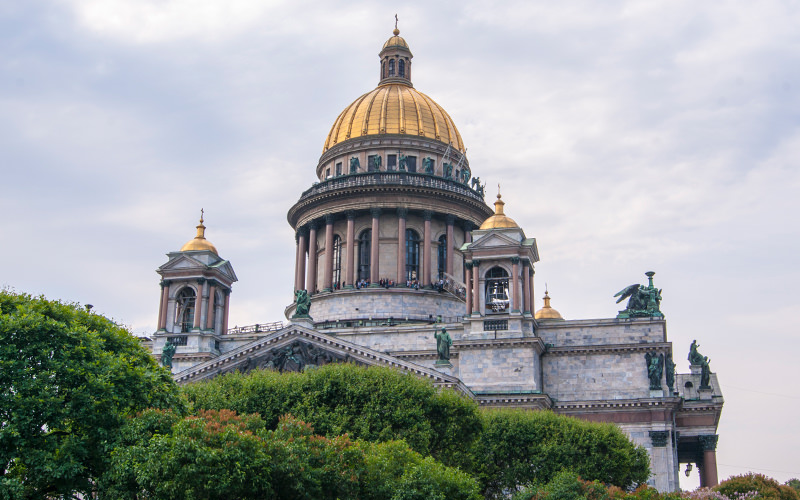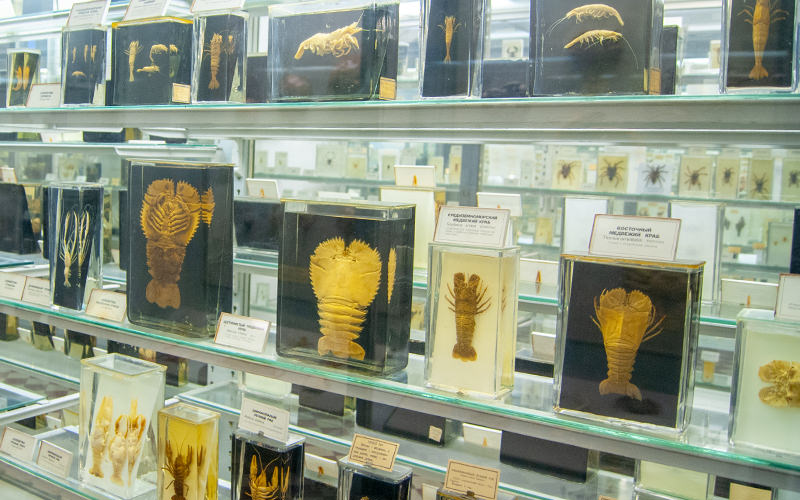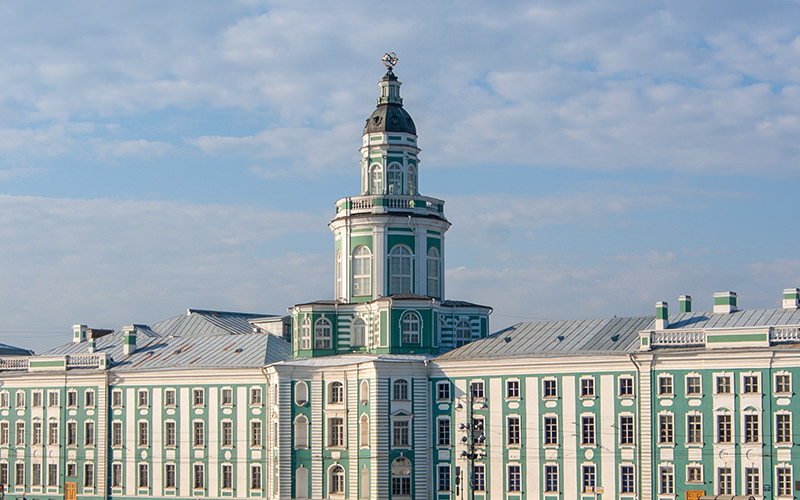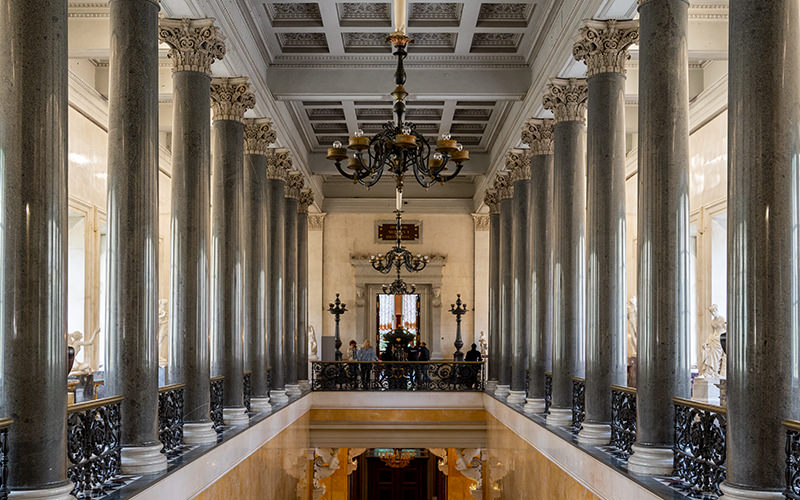The Vasilievsky Island Spit is a landmark location in St. Petersburg, a must-visit for all city guests. The spit is situated where the Neva River divides into the Big and Little Neva—hence its name. Its architectural design was shaped by renowned architects such as Domenico Trezzini, Giacomo Quarenghi, and Tom de Thomon.
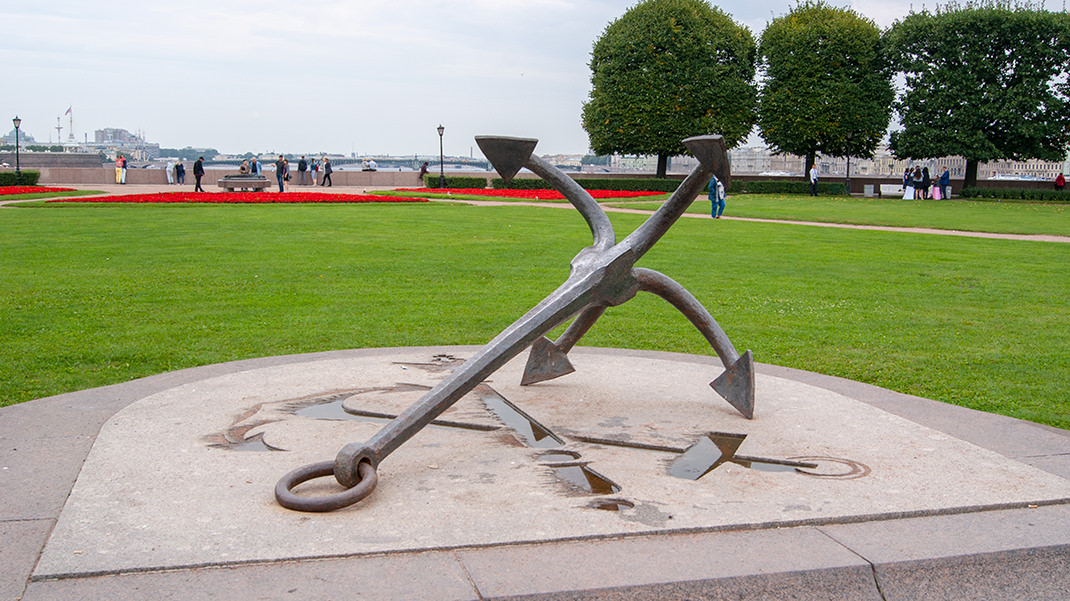
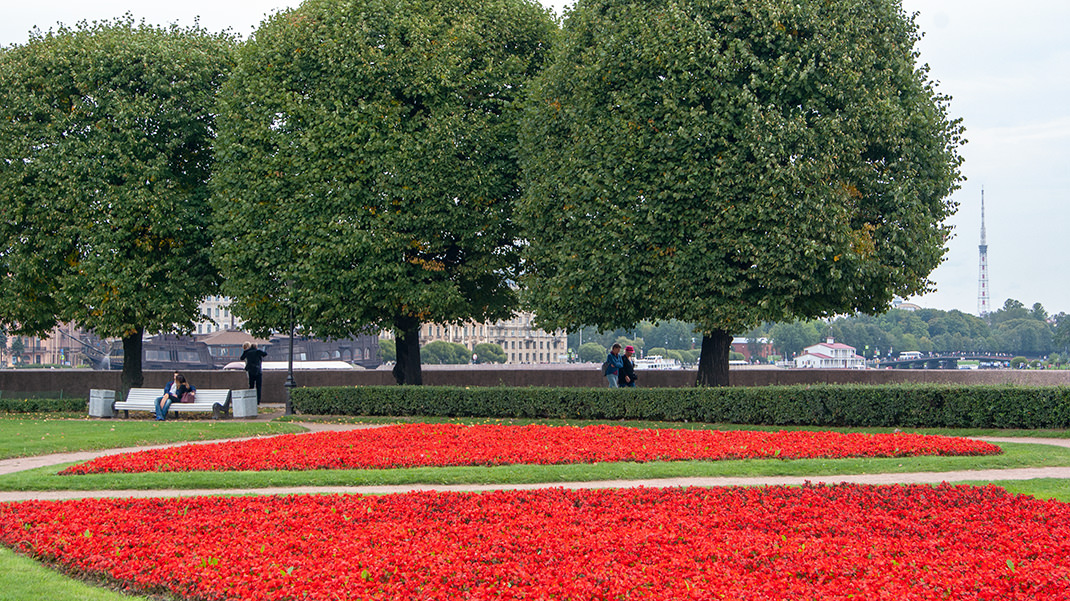
How to Get There
The easiest way to reach the Vasilievsky Island Spit is by metro. The nearest stations are "Vasileostrovskaya" (green line) and "Sportivnaya" (purple line). The "Admiralteyskaya" station (purple line) is a bit farther away, but from there, you can enjoy views of the Admiralty, Palace Square, and the Winter Palace while walking.
What to See
The architectural character of the Vasilievsky Island Spit is defined by several key buildings: the Stock Exchange building and its North and South warehouses, the Exchange Square and the waterfront promenade, the Palace and Exchange Bridges, the Kunstkamera, the Academy of Sciences building, and the Rostral Columns. Let’s go through them one by one.
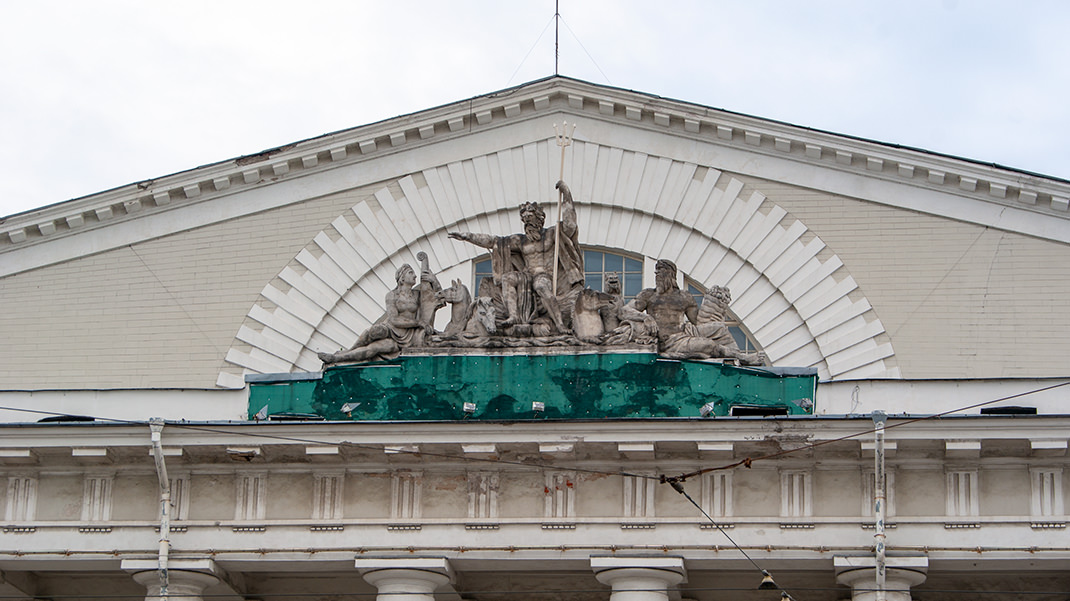
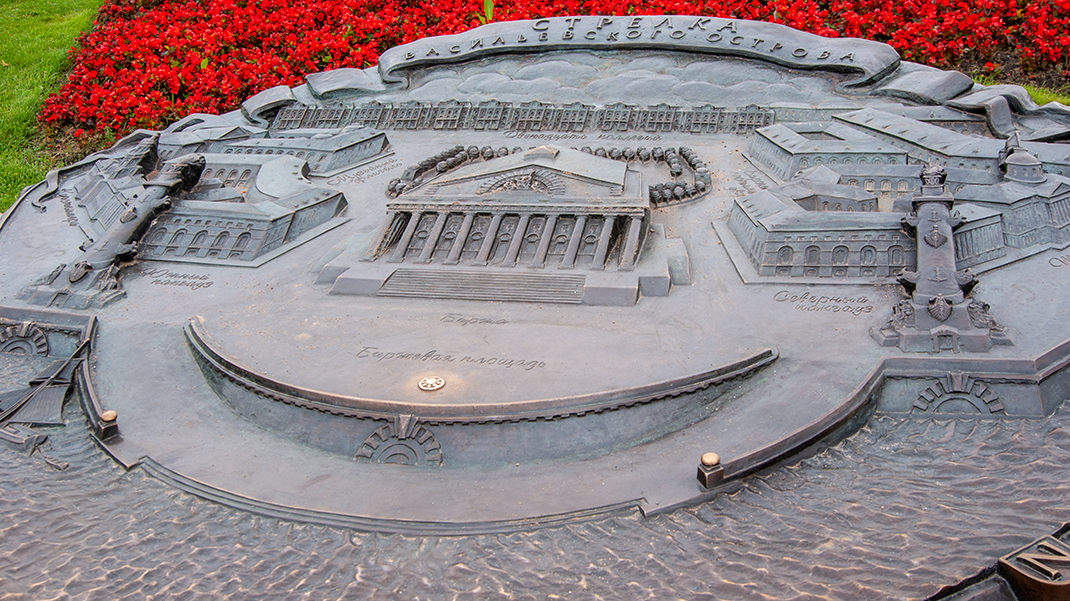
The most grand and significant building is the Stock Exchange. This is the second version of the building. The first design by Giacomo Quarenghi was never completed due to its failure to meet the growing needs of the Russian Empire. The familiar building was constructed according to Tom de Thomon’s project between 1805 and 1810. The Stock Exchange later served as the Central Naval Museum and, in 2013, was transferred to the Hermitage.
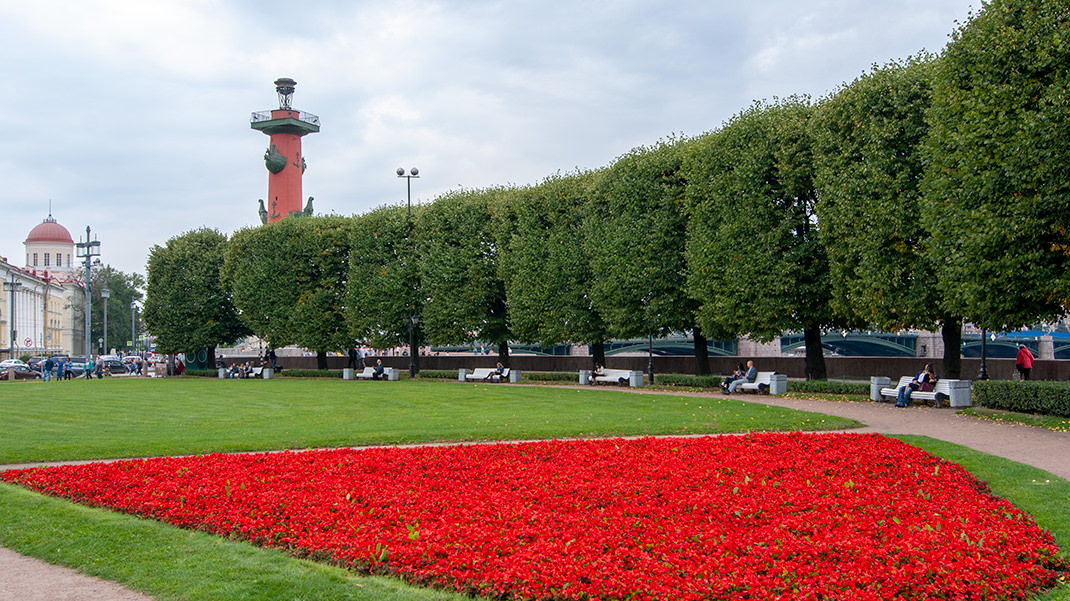
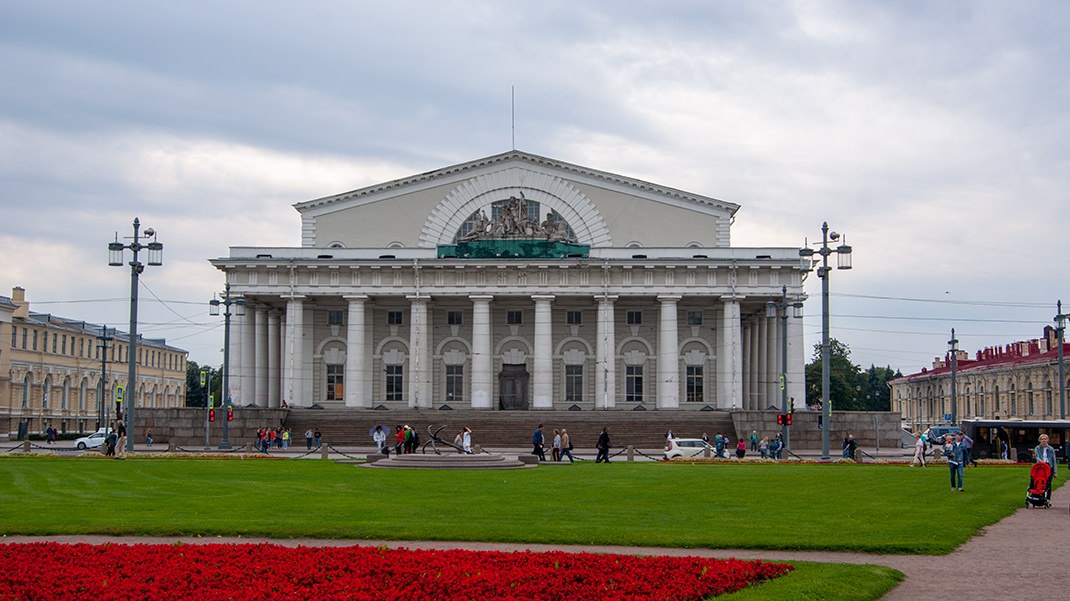
Alongside the construction of the Stock Exchange, the Rostral Columns were erected. They received their name because they were adorned with rostra—prows of ships. This decoration symbolized the power of Russia’s navy. Until 1885, the Rostral Columns were used as lighthouses, with torches lit on top to aid navigation. In modern times, torches have been replaced with gas burners, which are lit on holidays and commemorative dates, creating a beautiful sight.
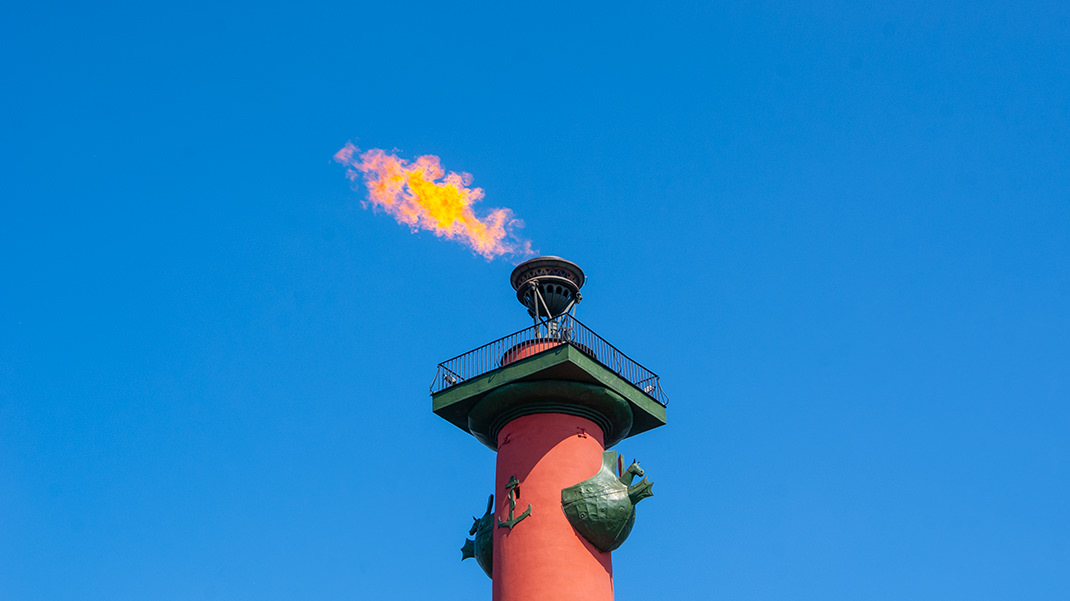
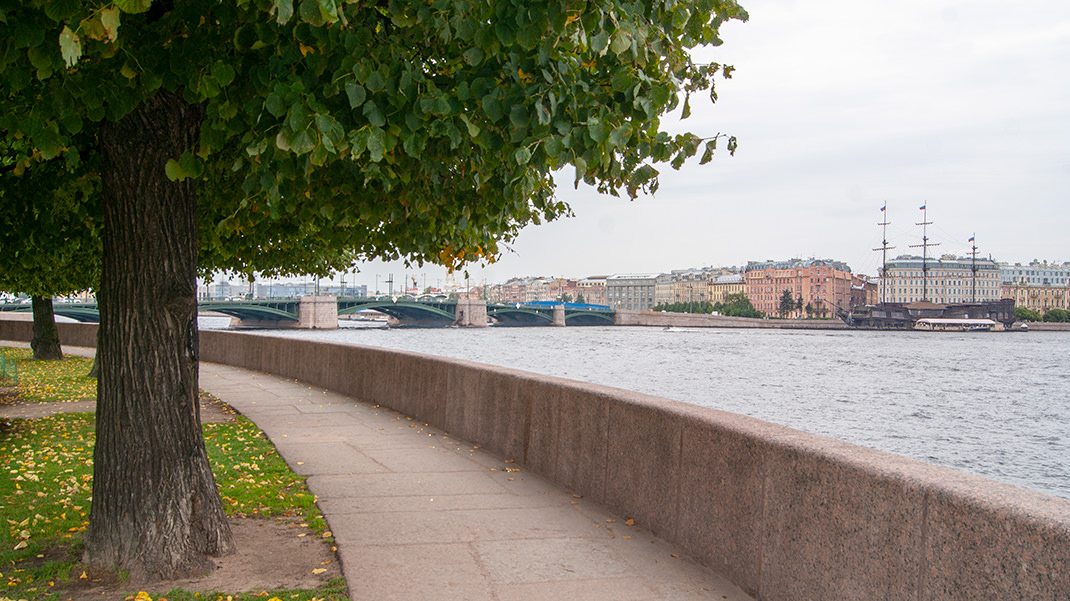
The North and South warehouses of the Exchange were built according to the design of A. D. Zakharov between 1826 and 1832. The North Warehouse was built on the site of residential buildings and is integrated into the architectural ensemble of a small square and park behind the Exchange building. It now belongs to the Russian Academy of Sciences (RAS). The South Warehouse was erected on the site of the dismantled palace of Praskovya Fedorovna. During the Russian Empire, it housed an industrial exhibition hall. Today, it also belongs to the RAS and houses the Zoological Museum.
The Kunstkamera was built in 1734, with its collection initiated by Peter I. The original building was almost completely destroyed by a fire in 1747. Restoration was completed by S. I. Chevakinsky in 1758, with the upper tier of the tower restored only by 1948. Notable figures associated with the Kunstkamera include Lomonosov, Bellingshausen, Krusenstern, and others.
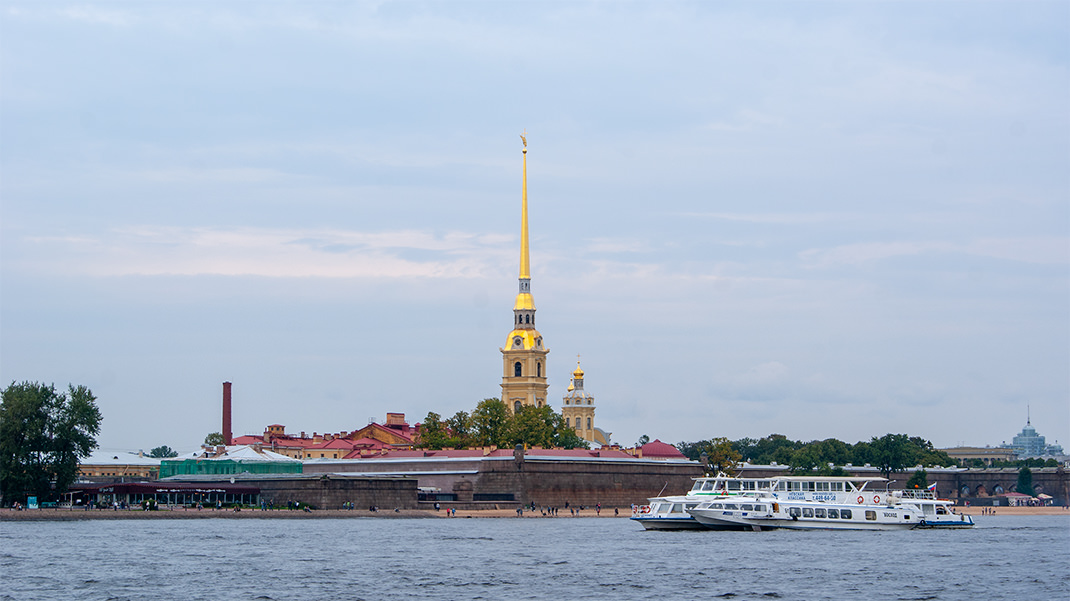
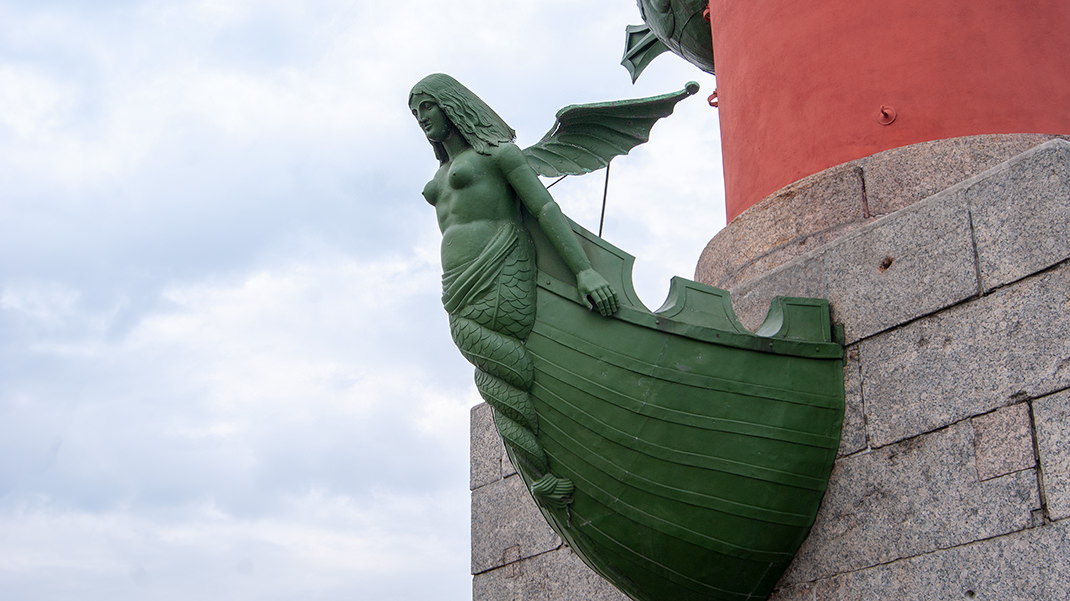
The Academy of Sciences building was constructed in 1789 under the guidance of Giacomo Quarenghi. It is an example of Neoclassicism. Various scientific institutions were located here in the past, while the Academy's Presidium moved to Moscow in 1934. Notably, behind the Academy of Sciences building is the U-shaped Museum Wing of the Academy of Sciences, which also contributes to the character of the Vasilievsky Island Spit.
It’s impossible to imagine the Vasilievsky Island Spit without the Twelve Collegia building. Erected by 1742 according to Trezzini’s design, it is one of the earliest constructions on the island. Initially, the Twelve Collegia building was intended to house the highest authorities: the Senate, Synod, and Collegia. Later, due to its low transport accessibility, these institutions were moved across the Neva River, and the building was transferred to the university.
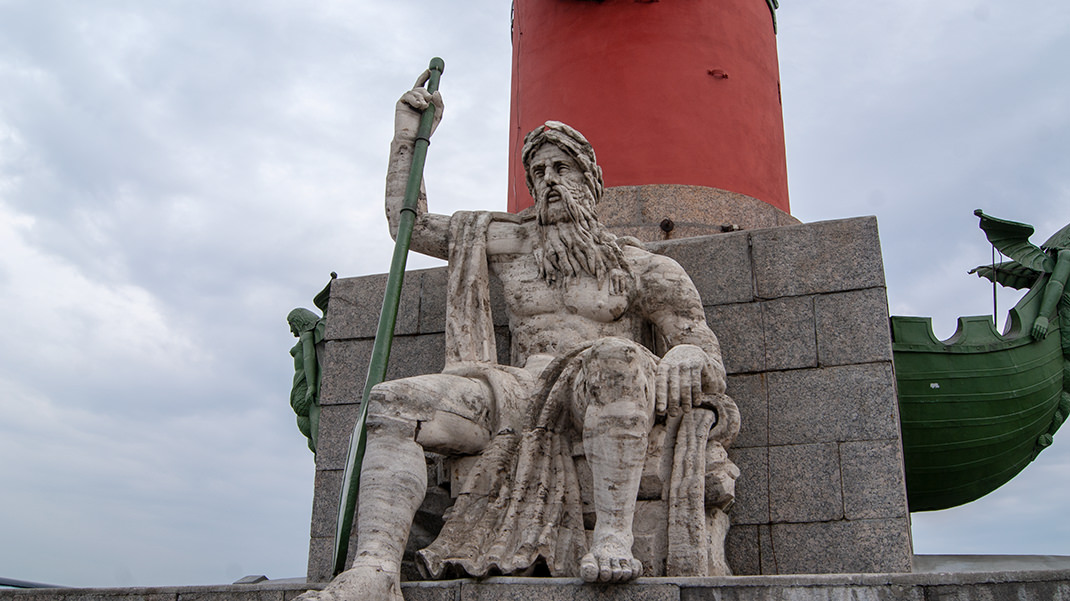
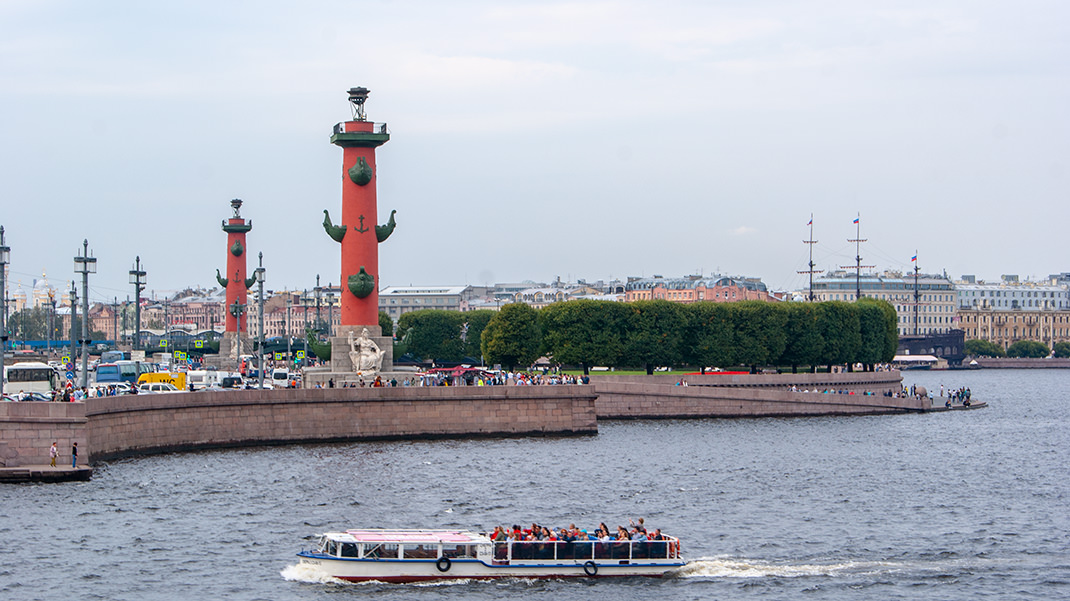
Exchange Square is located opposite the building of the same name and gradually transitions into Exchange Square, which extends into the Neva River’s dividing point. The square is framed by Rostral Columns on both sides. From the square, there are magnificent views of the Peter and Paul Fortress, the Winter Palace, and the bridges. It is definitely worth a walk and taking memorable photos here.
In summary:
- Magnificent architecture;
- Opportunity to delve into Russian history;
- Great panoramic views of St. Petersburg.


